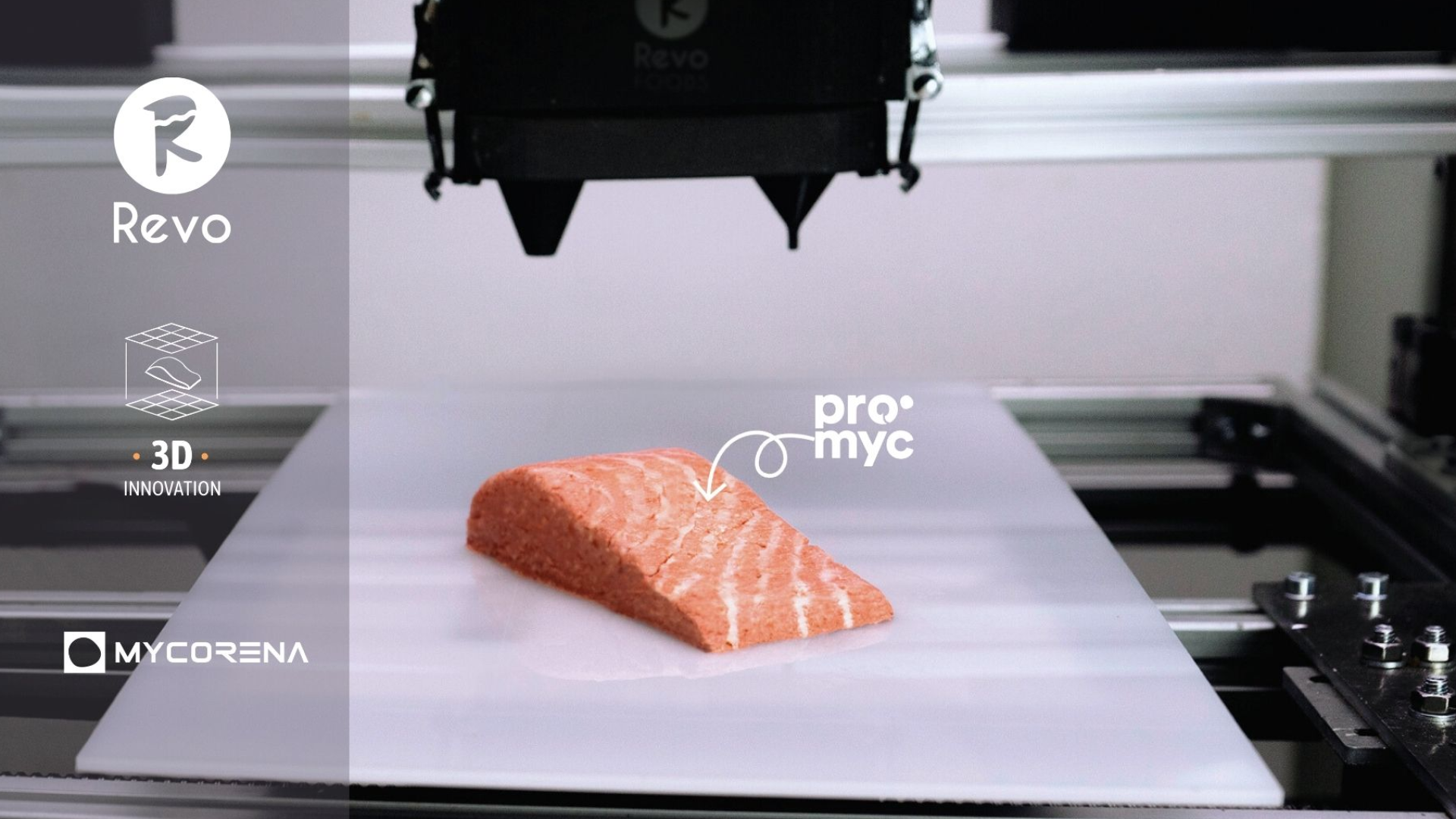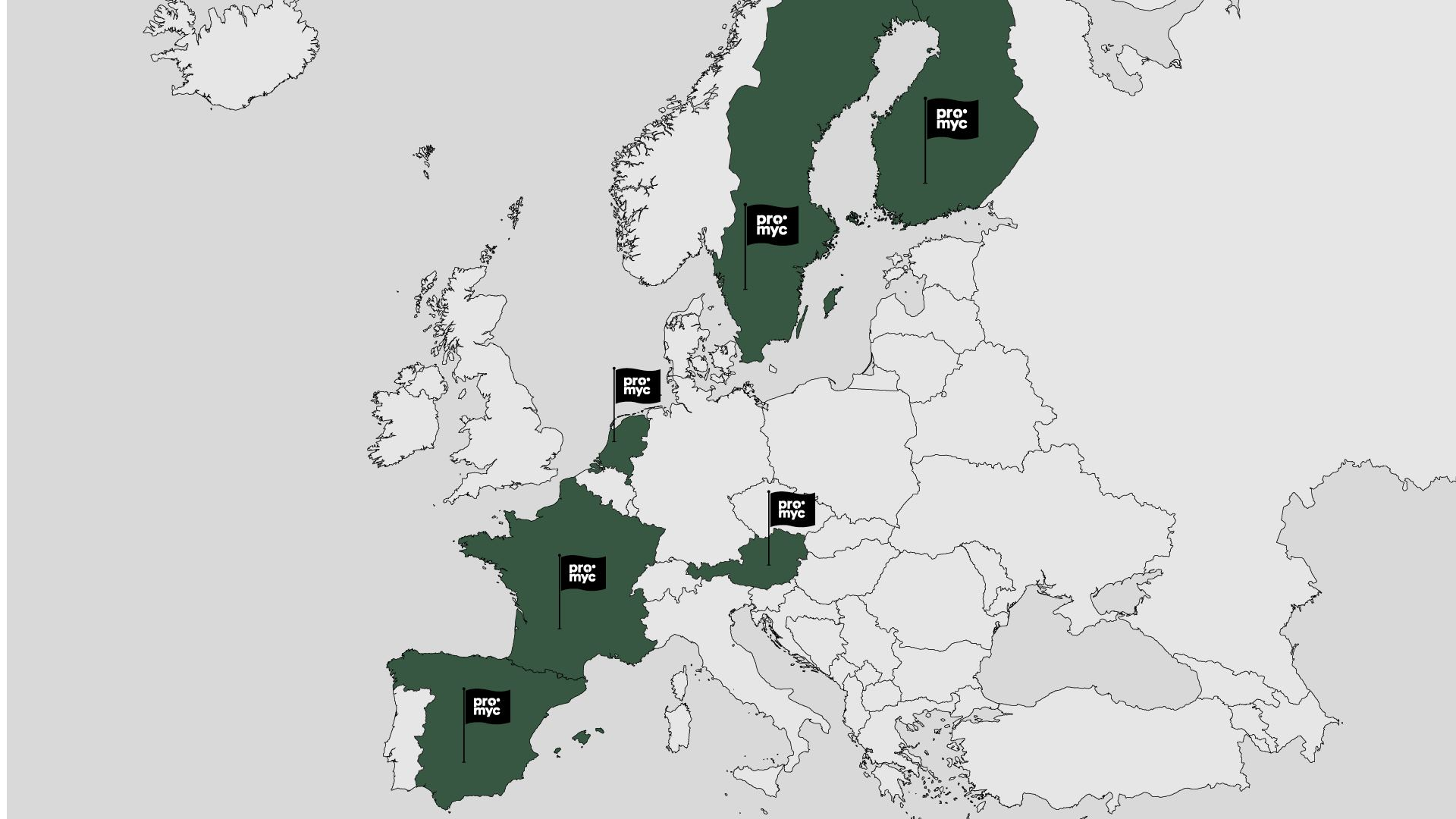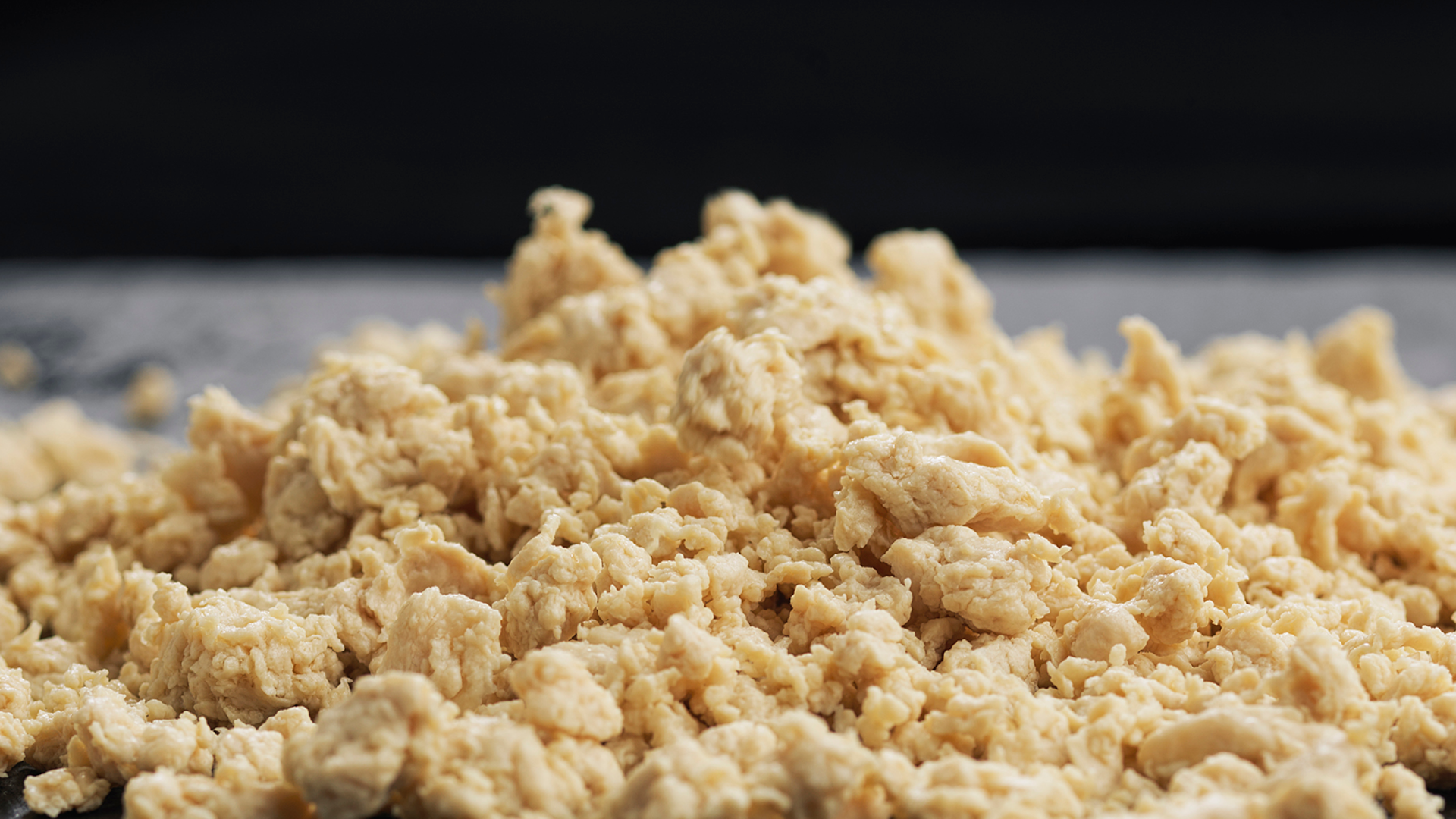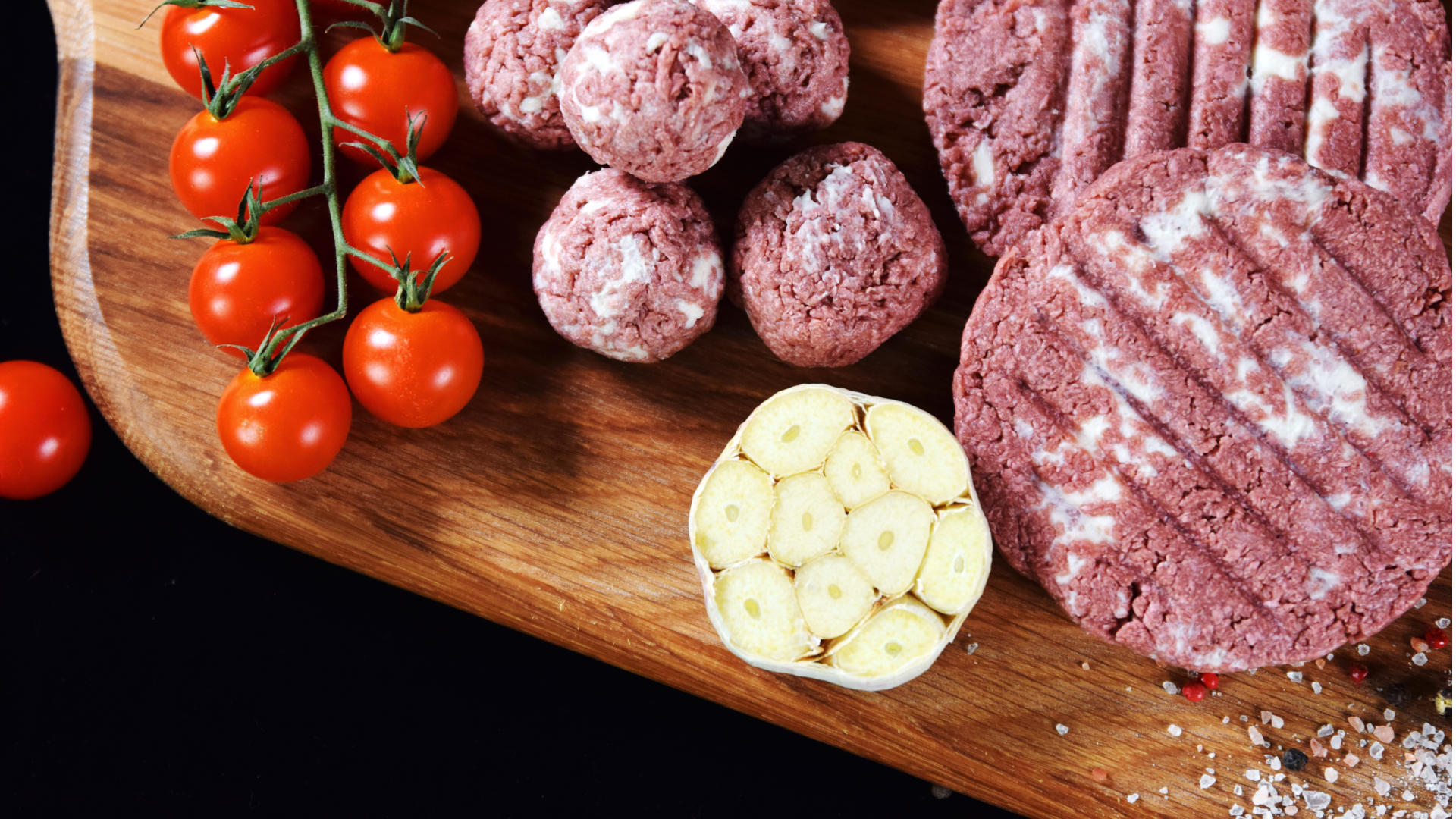Why the planet needs new sources of protein
When it comes to climate change, cars and planes tend to get most of the flak. But what you might not know is that a lot of the blame falls on the food industry, and livestock worldwide are responsible for 7.1 gigatons of greenhouse gas emissions per year.¹ Replacing some of your meat- and dairy-based meals is a small step that can have a big impact on your carbon footprint — and scientists agree that a diet shift like this is crucial to limiting climate change.²
Food: The important role of climate change and land
There has been a lot of discussion going on regarding the relationship between food and climate change, one of them is on the United Nations Intergovernmental Panel on Climate Change (IPCC). Recently in August 2021, IPCC released the Special Report on Climate Change and Land. According to the report, approximately 23% of global GHG emissions come from food and land useããããã.
It’s been highlighted those changes in the food system (production, distribution, consumption) play an important role in preventing climate crisis. In this case land utilization, food production and eating habits are those important sectors that need to be changed.
Together with the IPCC report, there’s also EAT-Lancet which aligned and focus more on the food system and how it can create impacts on climate change. Amongst all, eating habit has been one of the most concerning factors. Lower consumption of animal-based proteins is urged to be done to reduce the climate impact of food production. One of them is by changing the eating habit according to the recommendation from Planetary Health Diet³. Together with that, food quality is also important to be put into account to ensure a continuous supply of safe and nutritious food for human consumption.
If you’re looking for better ways to eat sustainably, we have some good news: there are more protein alternatives available than ever. Newer and more creative options are making their way to supermarket shelves every day. From jackfruit to seitan to tempeh, you’ve never had more options for making snacking sustainable.
Can protein alternatives be sustainable and healthy?
Okay, so you’ve found sustainable food that tastes similar or even better to traditional foods like meat and dairy. But you might find that there’s something else to consider — when it comes to nutrition, not all substitutes are created equal. In general, having a sustainable diet does not only mean having lower environmental impact food but also providing adequate nutrition, safe, healthy, accessible, and affordable foodãÇ.
For example, maybe you’ve heard of seitan. It’s a trendy meat alternative that’s been showing up in a growing number of supermarkets and restaurants. But what is it really made of?
Seitan is a Japanese word that means isolated wheat gluten. Its protein content can be higher than meats like beef and chicken, but it is also lacking the lysine amino acid that meat provides. Seitan is just gluten in a purified form, so not only is it not suitable for people with gluten intolerance, even scientists agree that it can never be a complete protein.5
If we want to eat more sustainably, it’s not enough to find a protein that tastes like meat and dairy — we also need to fill the nutritional gaps that we’re leaving behind.
Fungi: The humble hero you already know
When you think of the word fungi, you might think of little mushroom caps in the grass or the mushrooms that you fight in a video game. But the fungi kingdom includes some of the most diverse species on the planet — scientists guess there are anywhere from 2.2 to 3.8 million different fungi species worldwide.6
Not all of them are edible, but the ones that are come in a huge variety of textures, flavors, and nutrients. And while it takes 10 bathtubs full of water to produce one kilogram of chicken, fungi-based protein uses less than two. Fungi-based burgers also release 23 times less carbon dioxide compared to beef burgers — that’s like skipping a 50-kilometer drive.
Through some experiments, fungi can become the serious competition needed to substitute animal proteins as we know it.
Use of mycelium in food: is it tasty and nutritious?
Certain species of fungi have long been known as “chicken of the woods” for a reason. They often have a rich, umami flavor that hits the spot just like meat and dairy-based products. And fortunately, they can be extremely dense in nutrients, too.
In the fungi realm, it’s not only mushrooms that are used in food. Mycelium is often a protein-rich and nutritious food and is used in some foods worldwide. Mycelium, the underground network that connects the mushrooms we see above ground, is like the road system that fungi use to transport nutrients. In some species, mycelium can be even richer in nutrients than meat and dairy.
One famous example is the Indonesian food tempeh as a highly nutritious and tasty food where soybeans are boiled and mixed with microscopic fungi so that a white mycelium structure grows between the beans, converting part of the beans' nutrients into healthy compounds and adding a unique taste. These microscopic fungi create an impressive mycelium within the course of a few days, binding all the soybeans together into a protein-rich food. These microscopic white fungi are also used in cheese-making, as an example forming the white coating on brie cheese. Even though in these different applications the fungi belong to different species, the concept of forming an edible and nutritious mycelial structure is conserved.
Tempeh, mycelium surrounding soybeans. Source: fermentingforfoodies.com
Don’t worry, this is not the only fungi-based food we have. Scientists can easily harvest fungi-based proteins as whole cuts, patties, balls, minced meat, nuggets, and more. With its sustainability, flavor, and nutritional value, fungi-based protein could be one of the solutions we need to make food that’s more sustainable. As the lab and taste tests continue, it could become the alternative that’s good enough to take on meat and dairy — and even make the diet shift that we need to keep climate change under control. This is where mycoprotein came as the rising star.
So, what is mycoprotein?
Similar to the examples explained above, mycoprotein is essentially mycelium created from microscopic fungi, which is high in protein (45% to 65% protein on the dry content) and is intended to be used in the creation of food products. The difference from traditional fermented food products is that while foods like tempeh and cheese are already existent food that is fermented with fungi, while in mycoprotein production the focus is to produce the fungi mycelium alone that can then be harvested, minimally processed, and used as food.
The advantage of mycoprotein over traditional protein sources is the exact structure of the fungal mycelium. As the fungal hyphae grow into a mycelium structure, the structure of fungal fibers created enables the creation of food products with an interesting structure that is not possible through using typical protein powders isolated from plants. This feature is also what allows meat-like structures to be formed.
Natural meat-like fiber structure created with Promyc
In this way, creating mycoprotein products requires a modern technological approach to producing fungi. The fungi selected are often microscopic organisms that are safe and healthy and can efficiently grow in controlled environments. The fungi are grown to avoid the formation of fruiting bodies, instead of focusing the nutrients into the expansion of the mycelium structure, and all environmental conditions are controlled to ensure that growth develops as intended. In the controlled growth environment, which can be a liquid tank (bioreactor) or a solid gel, the fungi are fed with the nutrients needed for growth such as simple carbohydrates and are later harvested. The process takes a few days, making it highly time- and resource-efficient.
References:
- https://interactive.carbonbrief.org/what-is-the-climate-impact-of-eating-meat-and-dairy/
- https://www.carbonbrief.org/in-depth-qa-ipccs-special-report-on-climate-change-at-one-point-five-c
- https://eatforum.org/learn-and-discover/the-planetary-health-diet/
- https://www.un.org/en/academic-impact/shifting-sustainable-diets
- https://www.sciencedirect.com/science/article/abs/pii/S0924224405002487
- https://pubmed.ncbi.nlm.nih.gov/28752818/












